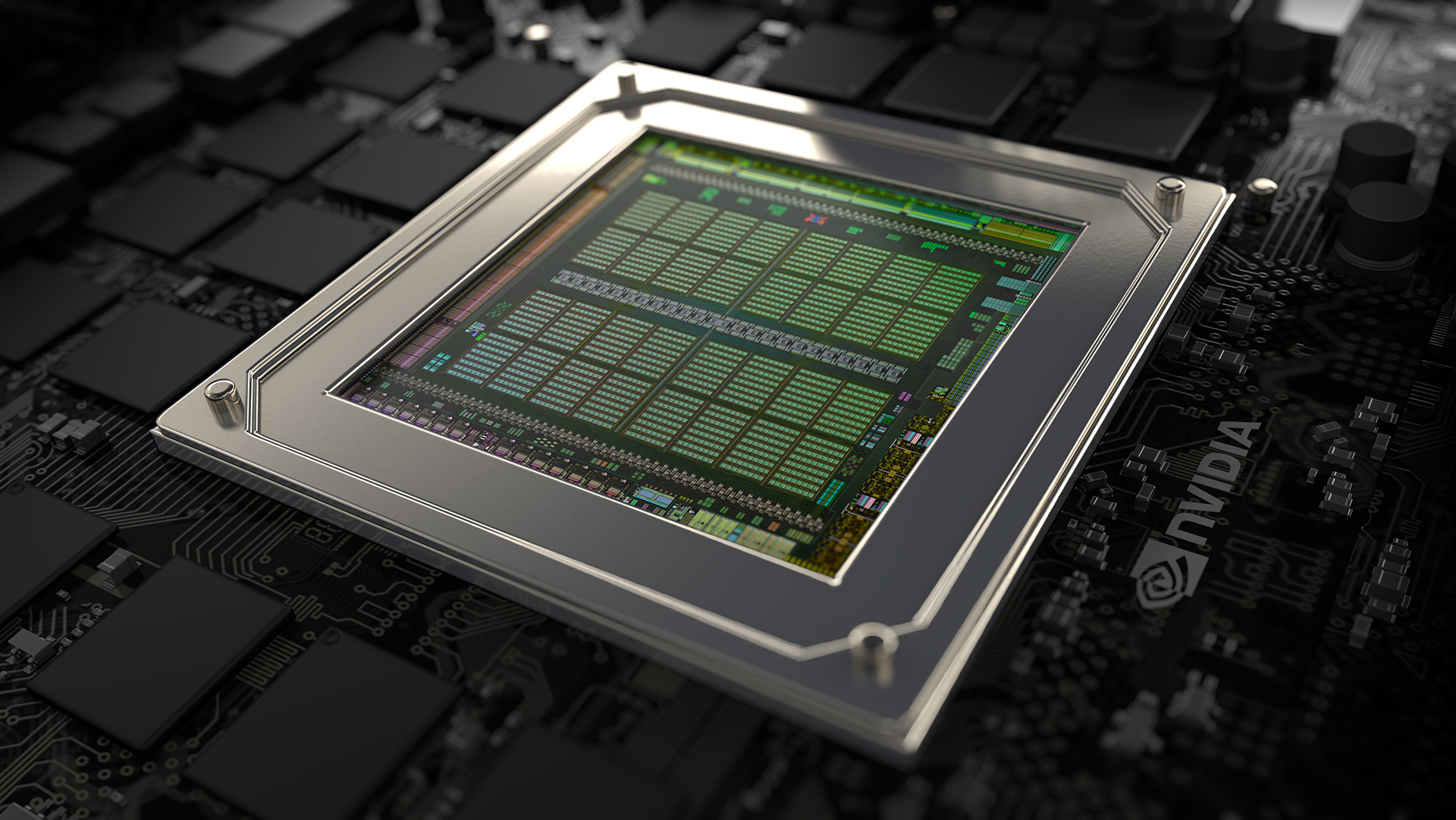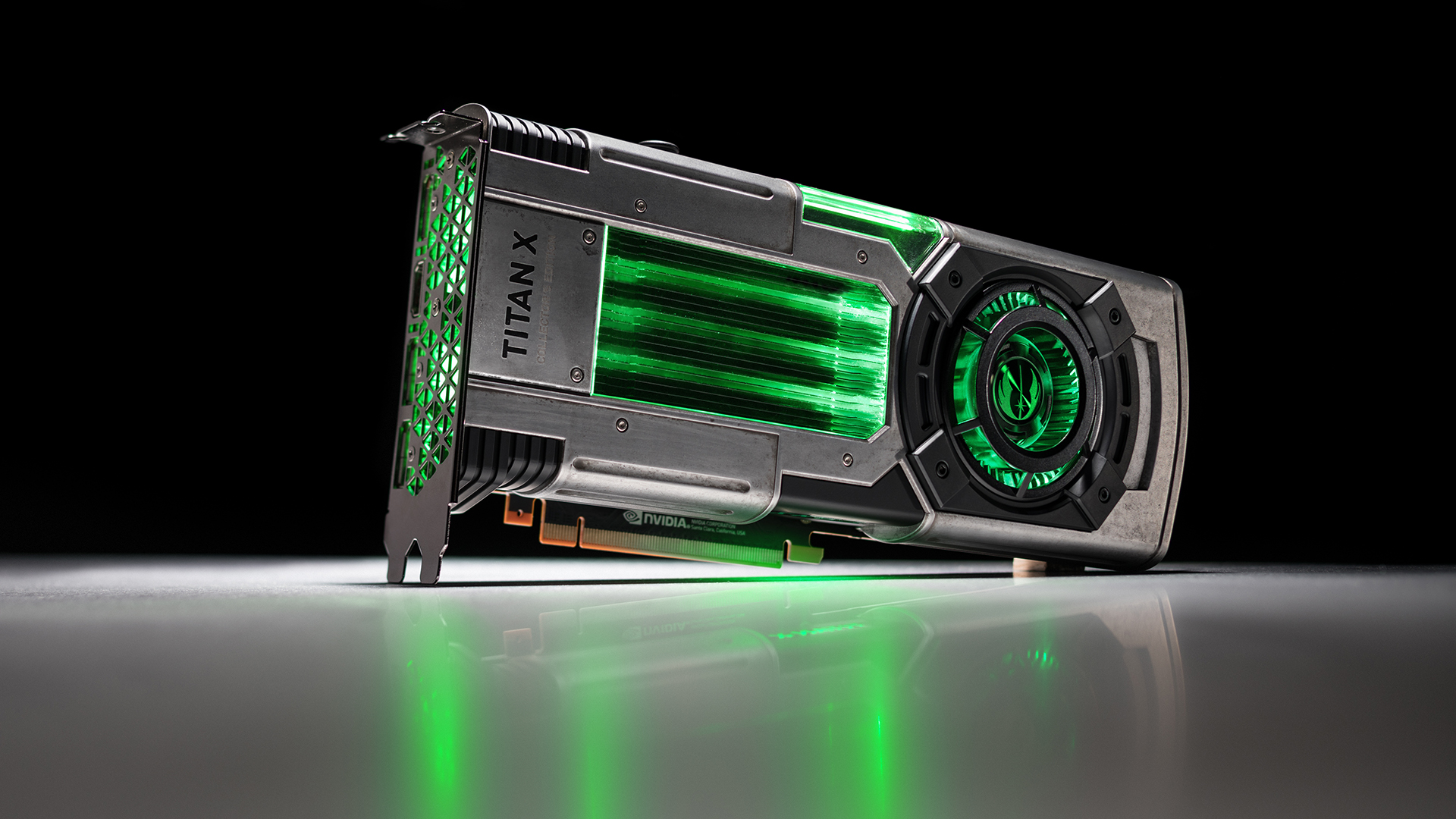Nvidia Turing release date, news, and rumors
Nvidia Turing is the latest and greatest GPU architecture. Coming just two years after the release of Pascal, it was an excruciating wait, but it was worth it. The Turing-powered Nvidia GeForce RTX 2080 Ti, 2080 and 2070 are poised to be the best graphics cards for the games we play for the next few years.
Nvidia Turing introduces real-time ray tracing and artificial intelligence tech into consumer and commercial graphics cards. It’s a true paradigm shift as, on top of the new RTX Quadro cards, the new GeForce RTX gaming cards are going to completely change the way we play the best PC games.
Cut to the chase
- What is it? Nvidia’s latest graphics card architecture
- When is it out? September 20
- What will it cost? $599 (£569, AU$899) - $10,000 (£7,830, AU$13,751)

Nvidia Turing release date
Both the Nvidia GeForce RTX 2080 Ti and RTX 2080 are available for preorder now, and will get a hard launch on September 20, 2018 with the GeForce RTX 2070 to follow at a later date. There are also more professional-leaning Quadro GPUs that will be due to arrive in the fourth quarter of 2018 – which in Nvidia’s case means any time from October 29, 2018 to January 28 2019 – either way we expect to see them soon.
We’ve also seen reports of Nvidia Turing-based GeForce mobile chips launching by the end of 2018. And, if they’re nearly as powerful as their desktop counterparts, we’re going to see some extraordinarily powerful gaming laptops in the near future.

Nvidia Turing price
For starters, The Nvidia Quadro RTX GPUs are going to be extremely expensive, which should come as no surprise for high-end chips such as these.
- Nvidia Quadro RTX 8000: $10,000 (£7,830, AU$13,751)
- Nvidia Quadro RTX 6000: $6,300 (£4,935, AU$8,660)
- Nvidia Quadro RTX 5000: $2,300 (£1,800, AU$3,160)
Of course, this are graphics cards meant for commercial work in the visual effects industry
For more consumer-focused cards, the prices seem to have risen, as well. The Nvidia GeForce RTX 2080 Ti seems to be taking the place of Nvidia’s past Titan cards, whereas the other cards seem to fall in line with the 10-series cards.
The prices for the announced cards is as follows:
- Nvidia GeForce RTX 2080 Ti: $1,199 (£1,099, AU$1,899)
- Nvidia GeForce RTX 2080: $799 (£749, AU$1,199)
- Nvidia GeForce RTX 2070: $599 (£569, AU$899)
It should be noted that the prices on the store are a bit higher than what Nvidia CEO and founder Jensen Huang revealed at the Nvidia Geforce Celebration at Gamescom 2018 – at the time of writing. For instance, the 2080 Ti was initially revealed at $999, but that price isn’t currently reflected in the online store.

Nvidia Turing specs
The headline feature of Nvidia Turing is the inclusion of ray-tracing tech that can render more realistic visuals and lighting in real time without having to fall back on programming tricks. These specialized RTX cores essentially calculate how light and sound travel in a 3D environment at a rate of up to 10 GigaRays on the RTX 2080 Ti. These specialized cores will also supposedly allow Nvidia Turing-based graphics cards to process ray tracing up to 25 times faster than Pascal.
In addition to these RTX cores, the Turing Architecture will also feature Volta’s Tensor core. These specialized cores will enable artificial intelligence and neural networking so that Turing cards can learn how to better render scenes over time – something previously only super-computers could do.
With the ability to deliver up to 500 trillion Tensor operations a second, this technology accelerates deep learning training and inferencing. Nvidia plans to introduce new AI-driven rendering methods such as deep learning anti-aliasing, which promises a high-quality image rendering complete with de-noising, resolution scaling and video re-timing.
As with Volta, Nvidia Turing is adopting GDDR6 memory – up to 11GB in the RTX 2080 Ti, which can clock in at up to 14Gbps, quite the leap over the Pascal-powered Nvidia Titan Xp that clocked in at 11.4Gbps.
Altogether, the Nvidia Turing features 18.6 billion transistors compared to Pascal’s 11.8 billion.
Thus far we only have partial specs on three Nvidia Quadro RTX cards:

What remains a mystery is whether Nvidia’s 12nm manufacturing process for Volta has trickled down to the company’s Turing lineup. Beyond that, though, we have a ton of information about Nvidia’s next line of GeForce graphics cards.
The Nvidia GeForce RTX 2080 Ti is an absolute behemoth of a GPU. With 4,352 CUDA cores, 11GB of GDDR6 VRAM with a 352-bit memory bus, it’s going to be capable of 4K Ultra gaming at high refresh rates for years to come. It’s no wonder it comes with such a high price tag.
The more mainstream RTX 2080 and RTX 2070 are both still quite impressive, though, and will absolutely destroy the previous generation. The former will feature 2,944 CUDA cores, 8GB of GDDR6 memory and will clocked at 1.5GHz at its base frequency. The 2070, though will be a bit weaker, coming with 2,304 CUDA cores and 8GB of GDDR6 VRAM – it’ll be clocked at 1,410Mhz base.
That’s all we know right now, but there are sure to be more cards that follow – we’re still waiting for the Nvidia RTX 2060, 2050, and everything in between. So, keep this page bookmarked, as we’ll update it just as soon as new information comes our way.
- Meanwhile, this the latest in AMD Vega
Contributer : Techradar - All the latest technology news https://ift.tt/2Dc2TFs

 Reviewed by mimisabreena
on
Tuesday, August 21, 2018
Rating:
Reviewed by mimisabreena
on
Tuesday, August 21, 2018
Rating:













No comments:
Post a Comment